Understanding the Benefits of Using a Ceiling Hoist for Daily Mobility Assistance
As the global population ages, the demand for effective mobility assistance solutions is on the rise. A recent report from the World Health Organization indicates that over 1 billion people worldwide experience significant mobility challenges, highlighting the urgent need for innovative supportive technologies. One such solution is the Ceiling Hoist, designed to facilitate safe and efficient transfers for individuals with limited mobility. According to research published in the Journal of Rehabilitation Research and Development, the use of ceiling hoists can reduce caregiver injuries by up to 75%, thereby improving the quality of care provided to users. Additionally, ceiling hoists enhance user dignity and independence, allowing individuals to participate more fully in daily activities. This article will delve into the numerous benefits of Ceiling Hoists, providing readers with essential tips on how to effectively integrate these devices into daily mobility routines, ultimately promoting a better quality of life for both users and caregivers alike.
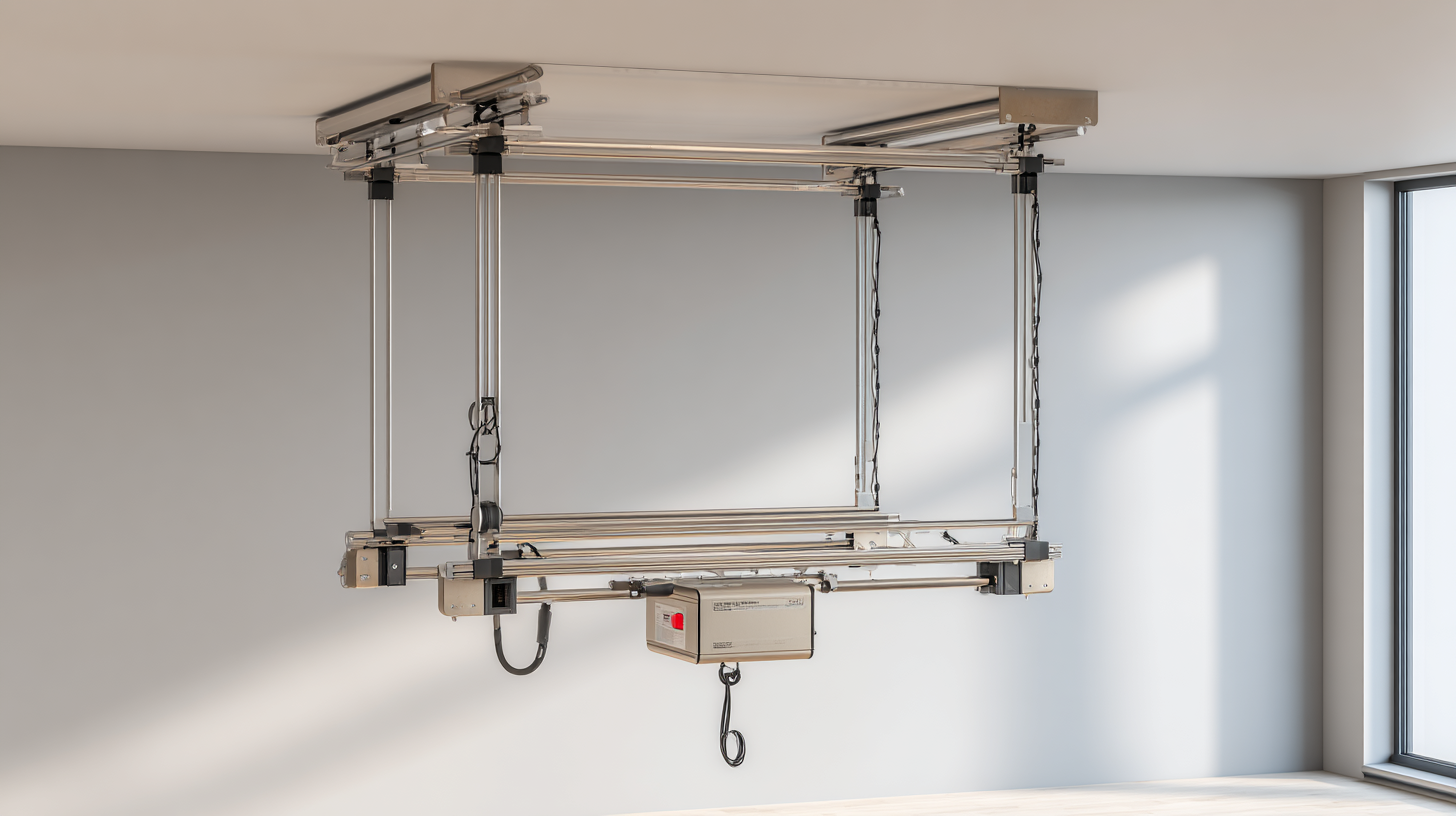
Benefits of Ceiling Hoists: Enhancing Safety for Caregivers and Patients
Ceiling hoists are increasingly recognized for their role in enhancing safety within caregiving environments. For both caregivers and patients, these devices provide significant advantages that streamline daily mobility assistance. With the ability to lift and transfer patients smoothly and securely, ceiling hoists minimize the risk of physical strain and injury for caregivers, often resulting in fewer workplace accidents and decreased fatigue. This not only protects the caregiver’s health but also promotes a more effective care environment, as they can focus on providing optimal support rather than worrying about the physical demands of lifting.
For patients, the use of ceiling hoists translates to greater dignity and comfort during transfers. Unlike traditional manual lifting methods, which can be jarring and uncomfortable, ceiling hoists offer a gentle and controlled movement. This reduces anxiety and discomfort, allowing patients to feel more secure in their transfer experiences. Additionally, by enhancing mobility options, ceiling hoists encourage independence and mobility for individuals with limited physical capabilities, creating a more inclusive atmosphere for recovery and daily activities. Thus, ceiling hoists serve not only as tools of assistance but as instruments of empowerment for both caregivers and those they care for.
Increased Independence: How Ceiling Hoists Facilitate Daily Mobility for Users
 Ceiling hoists offer transformative benefits for individuals with mobility challenges, significantly enhancing their independence in daily life. By providing a safe and efficient means of transferring from one location to another—be it from a bed to a wheelchair or to the bathroom—ceiling hoists eliminate the physical strain and risk often associated with manual lifting. This not only fosters a sense of security but also empowers users to engage more fully in their daily activities without relying heavily on caregivers.
Ceiling hoists offer transformative benefits for individuals with mobility challenges, significantly enhancing their independence in daily life. By providing a safe and efficient means of transferring from one location to another—be it from a bed to a wheelchair or to the bathroom—ceiling hoists eliminate the physical strain and risk often associated with manual lifting. This not only fosters a sense of security but also empowers users to engage more fully in their daily activities without relying heavily on caregivers.
Moreover, the streamlined operation of a ceiling hoist can be controlled by the user or with minimal assistance, thereby promoting autonomy. Individuals can manage their own movements as they navigate their environment, which can significantly enhance their confidence and self-esteem. This independence is crucial, as it allows users to maintain a greater degree of control over their daily routines, contributing to a higher quality of life. Ultimately, ceiling hoists represent a valuable solution for facilitating mobility while supporting the dignity and agency of those who rely on them.
Cost Efficiency: Financial Advantages of Ceiling Hoists for Long-Term Care Solutions
Ceiling hoists are becoming increasingly popular in the realm of mobility assistance, particularly in long-term care facilities. One of the most compelling reasons to adopt this technology is its cost efficiency. According to a recent report by the National Institute on Aging, the average cost of manual lifting can exceed $30,000 annually in labor and injury-related expenses. By implementing ceiling hoists, facilities can reduce these costs significantly, with some studies suggesting savings of up to 50%. This not only alleviates the financial burden but also enhances the quality of care provided to residents.
Moreover, ceiling hoists minimize the risk of injury for both caregivers and patients. In facilities where these systems are installed, incidents of caregiver injury decline by up to 80%, as noted in a survey published by the American Health Care Association. This results in lower insurance premiums and reduced medical costs, further contributing to the overall financial advantages of ceiling hoists.
**Tips:** When considering the installation of a ceiling hoist, assess the specific needs of your facility and ensure that the design allows for maximum coverage and accessibility. Regular maintenance is crucial, as it ensures safety and prolongs the lifespan of the equipment. Lastly, training staff on proper usage not only maximizes the benefits but also promotes a culture of safety within the workplace.
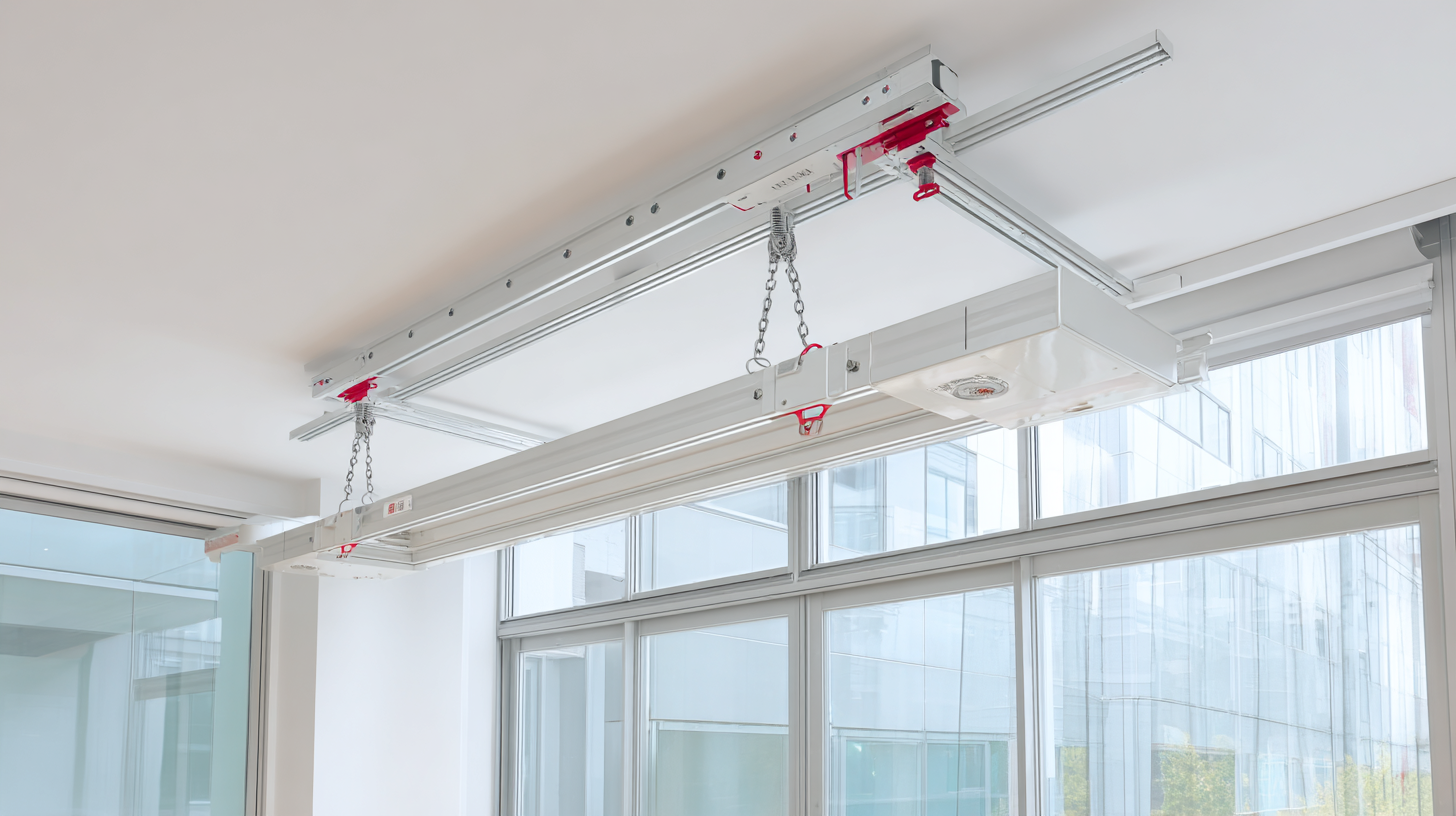
Reducing Injury Risks: Statistics on Ceiling Hoists’ Impact on Caregiver Health
Ceiling hoists offer significant benefits for both caregivers and individuals needing mobility assistance. One of the most pressing concerns in caregiving is the risk of injury, particularly for those who manually lift or transfer patients. Statistics indicate that caregivers who utilize ceiling hoists experience a notable decrease in musculoskeletal injuries, with research showing a reduction in back pain by up to 50%. This improvement in caregiver health not only enhances their ability to provide care but also boosts their overall job satisfaction and retention rates.
When considering the implementation of a ceiling hoist system, it’s essential to assess the unique needs of both the caregiver and the individual requiring assistance. **Tip:** Invest time in training; proper use of the hoist can maximize safety and efficiency. Caregivers should familiarize themselves with the equipment and follow best practices to minimize injury risks. **Tip:** Regular maintenance of the hoist is crucial—check for any signs of wear and ensure it operates smoothly, which can prevent accidents and prolong the equipment’s life. Ultimately, adopting ceiling hoists transforms the caregiving landscape by prioritizing health and safety.
Understanding the Benefits of Using a Ceiling Hoist for Daily Mobility Assistance - Reducing Injury Risks
| Data Dimension | Statistics |
|---|---|
| Reduction in Caregiver Injuries | Over 50% reduction |
| Increase in Caregiver Satisfaction | 70% reported increased job satisfaction |
| Impact on Patient Mobility | 85% of patients experience improved mobility |
| Time Saved in Transfers | Average of 20 minutes saved per day |
| Reduction in Staff Turnover | 30% decrease in turnover rates |
Versatility of Ceiling Hoists: Adaptable Solutions for Varied Home Environments
Ceiling hoists offer a versatile solution for mobility assistance in various home environments, seamlessly adapting to the unique needs of users and their spaces. The flexibility of these systems allows for easy installation in different room layouts, whether it's a compact apartment or a spacious house. According to industry reports, the global ceiling hoist market is projected to grow significantly, driven by advancements in technology and the increasing demand for home care solutions. This growth indicates that more households are recognizing the benefits of integrating ceiling hoists for enhanced mobility and independence.
Moreover, the modular nature of ceiling hoists enables them to be customized to fit specific needs, allowing for various configurations and heights. This adaptability is crucial, especially as the aging population seeks solutions that promote safety and accessibility within their homes. Recent studies have highlighted that installing such systems can reduce the risk of falls by up to 30%, emphasizing their importance in fostering safe living environments. With the ongoing innovation in assistive technologies, ceiling hoists are set to become an integral part of modern home design, combining functionality and aesthetic appeal for a comprehensive approach to daily mobility assistance.
Related Posts
-
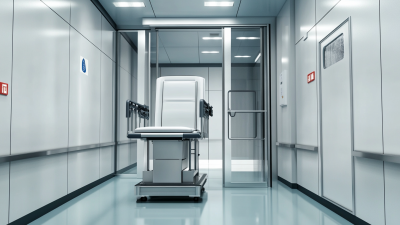
How to Navigate Import Export Certifications for the Best Patient Lift Solutions
-
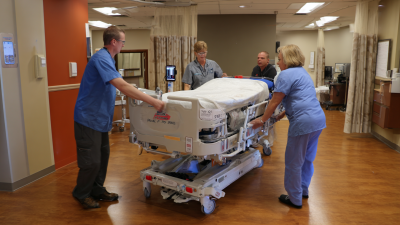
How to Choose the Best Patient Lift Assist for Your Healthcare Facility
-
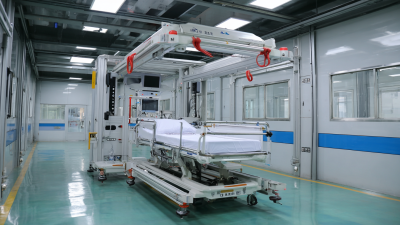
How to Choose the Best Mobile Patient Lift for Your Healthcare Setting
-
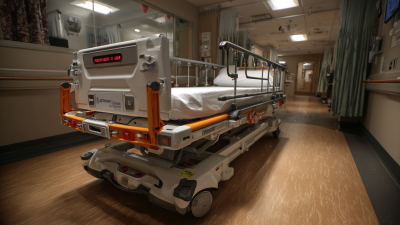
Mastering the Art of Selecting the Best Patient Lift Assist for Your Healthcare Facility
-

The Definitive Ultimate Guide to Choosing the Perfect Bariatric Shower Chair for Your Needs
-
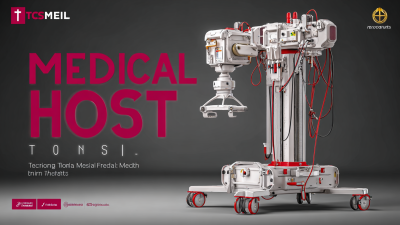
Exploring Technical Trends for Best Medical Hoist in 2025 Global Market Insights
